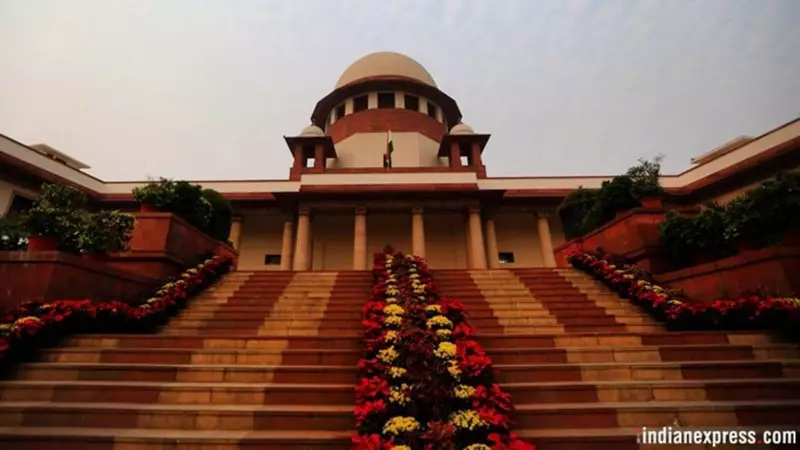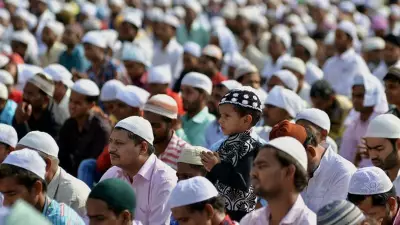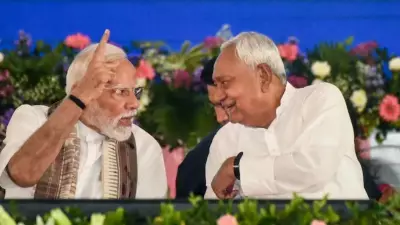
Supreme Court's Governor Ruling Sparks Constitutional Debate
The Supreme Court of India has delivered a significant opinion regarding the powers of state governors under Article 200 of the Constitution, creating what legal experts describe as increased confusion rather than clarity. The ruling comes at a time when tensions between state governments and governors appointed by the central government have reached unprecedented levels.
Dialogic Process or Constitutional Crisis?
The five-judge bench, while addressing the Presidential Reference on Governor's powers, emphasized that the Constitution incorporates a dialogic process between constitutional functionaries as a checks-and-balances system. However, this optimistic interpretation fails to consider the current political reality where relationships have deteriorated significantly.
Justice B R Gavai, shortly after assuming office as Chief Justice of India, had remarked that the judiciary cannot afford to ignore ground realities when deciding cases. Yet, in this crucial opinion, the Supreme Court appears to have adopted a strictly textual interpretation without considering the immense power governors hold to stall legislative initiatives of elected state governments.
Timeline Ambiguity and Precedent Overturned
The Court specifically questioned the precedential value of the State of Tamil Nadu vs Governor of Tamil Nadu judgment, which had imposed timelines for governors to act on bills. By removing these timelines, the Court has restored constitutional ambiguity regarding how soon "as soon as possible" actually means when governors consider legislation passed by state assemblies.
Furthermore, the concept of deemed assent developed through Article 142 has been effectively set aside. The Court ruled that deemed assent of bills amounted to supplanting constitutional provisions, contrary to the Constitution itself. This position appears inconsistent with other judicial interpretations, such as the collegium system for appointing judges.
Federal Implications and Unanswered Questions
The ruling leaves several critical questions unanswered. While the opinion suggests parties can approach courts seeking limited directions against governors, it remains unclear how such orders would be enforced. The Court is silent on what happens if a governor chooses to ignore judicial directives, and whether such conduct would amount to contempt.
Legal experts point to the contradiction in the Court's approach. In the AG Perarivalan case, the Court invoked Article 142 to interfere with the executive power of the governor regarding pardon recommendations. Similarly, in the Nabam Rebia case, the Court intervened in the governor's non-executive functions. Yet in this instance, the Court has chosen judicial restraint.
The ambiguity in defining the governor's role in granting assent to bills creates significant implications for Indian federalism. As noted in the opinion referencing B R Ambedkar, any delay in constitutional processes becomes inconsistent with the spirit of the Constitution. With governors now having clearer authority to delay legislation without specified timelines, the balance of power between elected state governments and centrally appointed governors faces new challenges.





